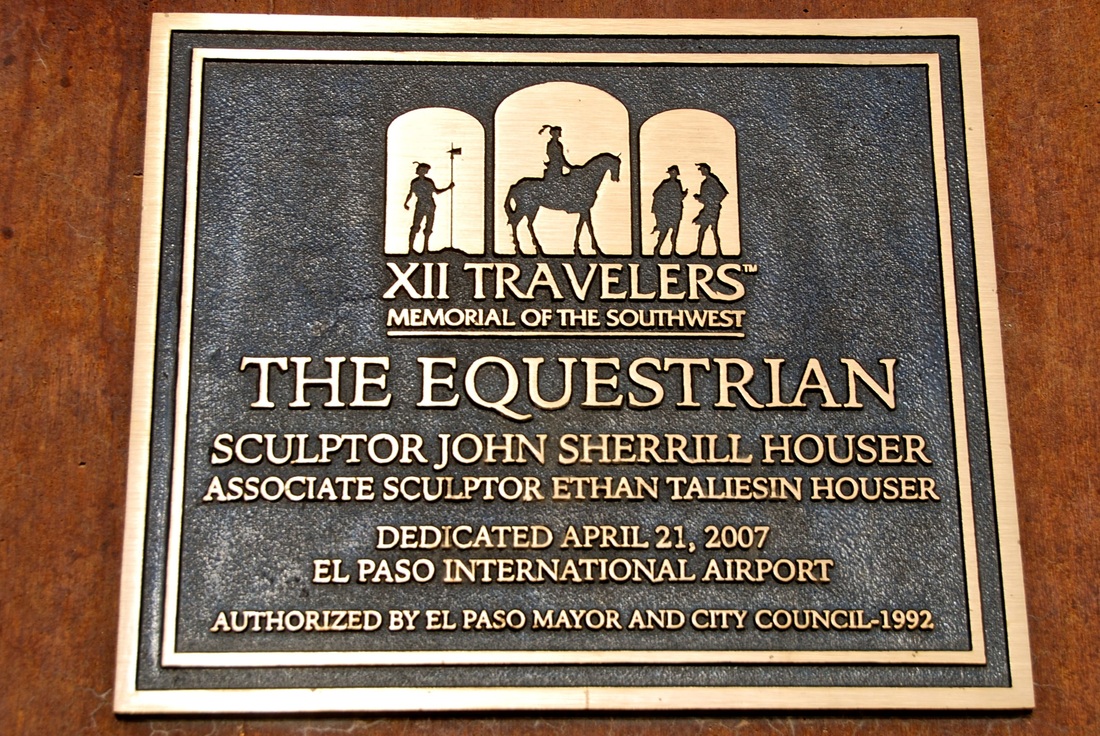The Hispanic-American History Timeline
1598 Juan de Oñate Explores New Mexico
|
Juan de Oñate, a Spanish conquistador born in New Spain (present-day Mexico), leads a caravan of 129 soldiers, 10 Franciscan friars, some 300 settlers, 83 wagons and about 7,000 head of cattle, crosses the Rio Grande and claims New Mexico for the Spanish crown.
To celebrate the river crossing, in present-day Texas, he hosts a mass and invites the natives to join him and his troops in a thanksgiving meal. Today, this is known as the Texas Thanksgiving. In New Mexico, the expedition settles at the juncture of the Rio Grande and the Chama River and establishes “San Juan de los Caballeros” as the first capital of New Mexico. A year later, Oñate moves the capital to the west bank of Rio Grande and establishes "San Gabriel" (both are part of the present-day Ohkay Owingeh). Later, as the colonial governor of Santa Fe de Nuevo Mexico, a province in the Viceroyalty of New Spain, he leads early Spanish expeditions to the Great Plains and the lower Colorado River Valley, encountering Native American pueblos, establishing Spanish administered settlements, and making enemies among the natives. In 1607, Oñate is forced to resign as governor and returns to Mexico City to face the charges of maladministration. He is convicted of disobedience and mistreatment of both the natives and colonists, and is banished from New Mexico. He later travels to Spain where he dies. Today the site where San Gabriel once stood is considered a National Historic Landmark and is marked by a cross and memorial. In 2005 the people changed their pueblo name back to its their original, pre-Spanish name of Ohkay Owingeh. Today Ohkay Owingeh serves as the capital of the eight Northern Pueblos of New Mexico and is considered a federal Indian reservation. Nowadays, some people honor Oñate for his accomplishments as "the great colonizer" of New Mexico, while others vilify him for his cruelty to Native Americans. There are statues of him in Alcalde, New Mexico and El Paso, Texas. But since he was accused of punishing the Acoma natives by amputating their right feet, in 1998 as many were celebrating the 400th anniversary of his founding of New Mexico, someone cut off the statue’s right foot, and left a note: “Fair is fair.” In Texas, Native Americans pressured local politicians and, as a compromise, the planned statue of Oñate was renamed “The Equestrian” before it was even finished. By Gail Diaz, Lehman College |










